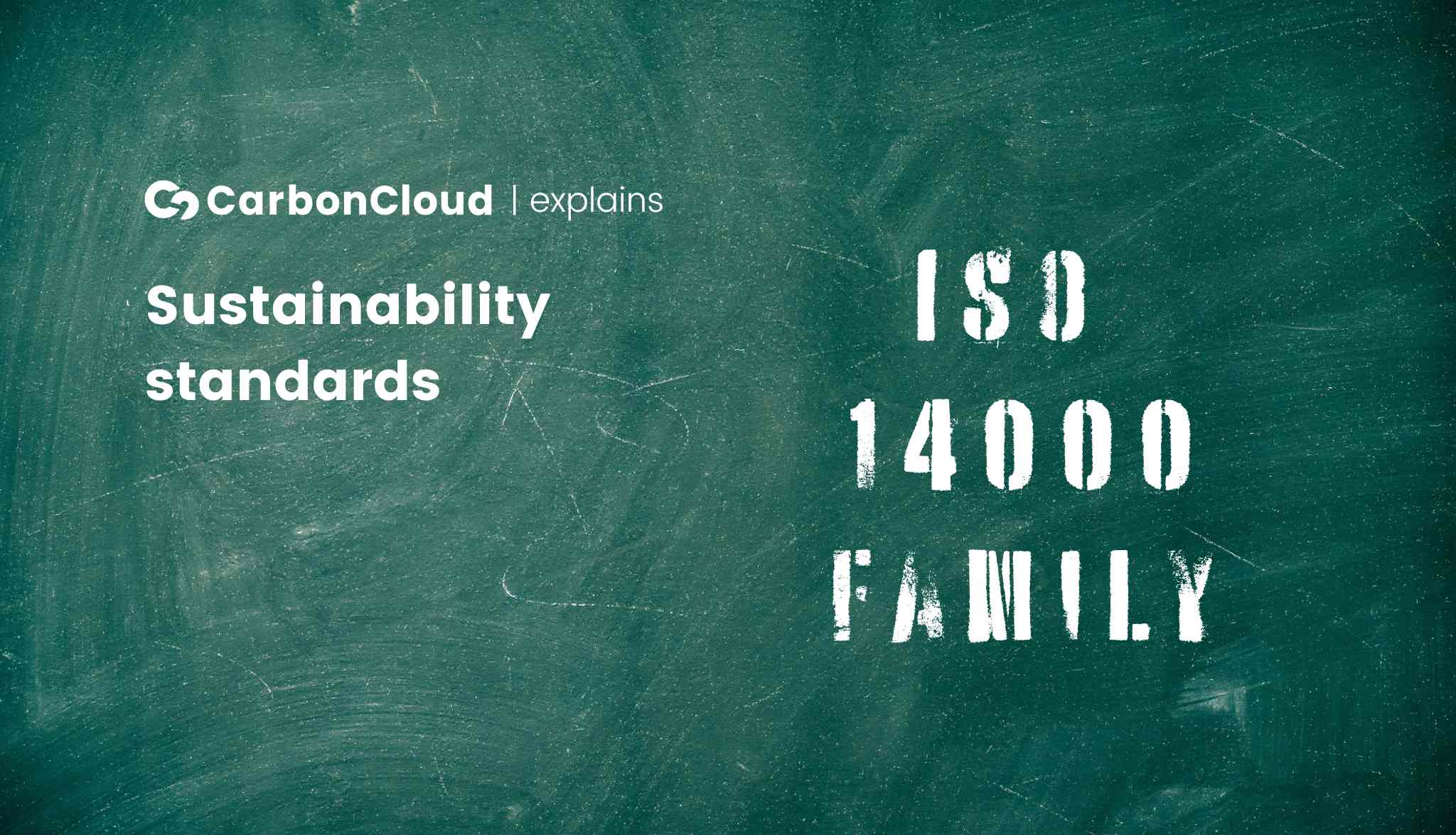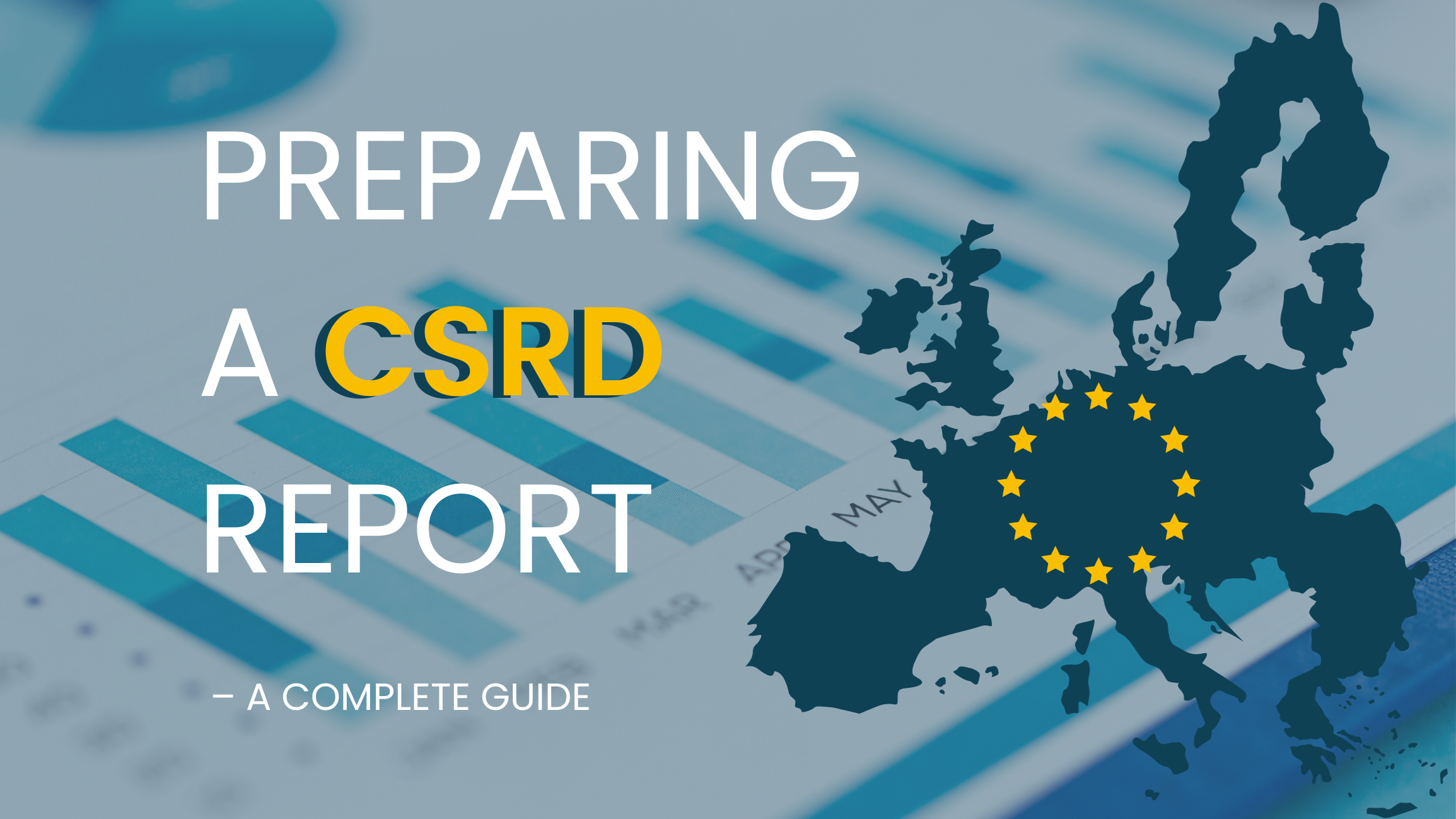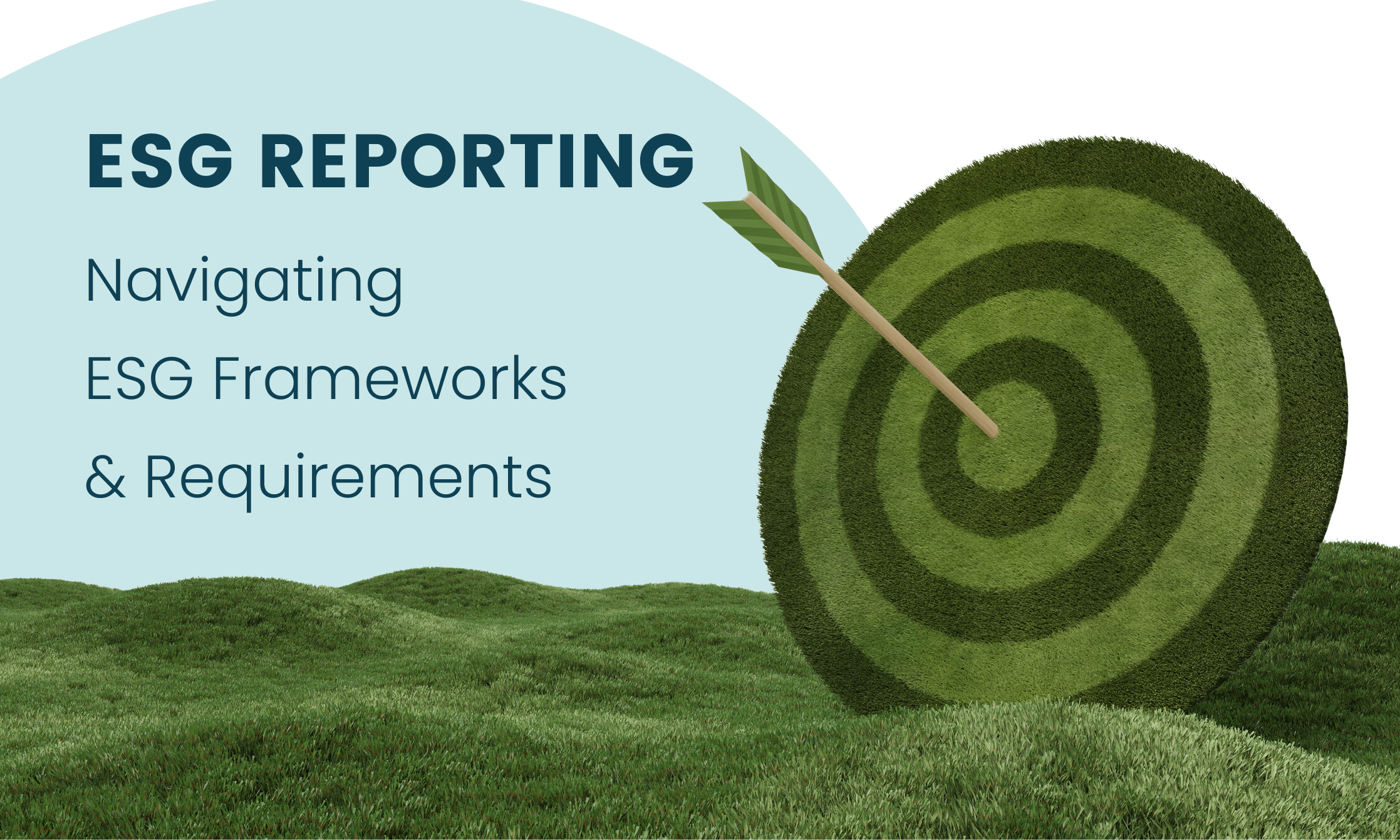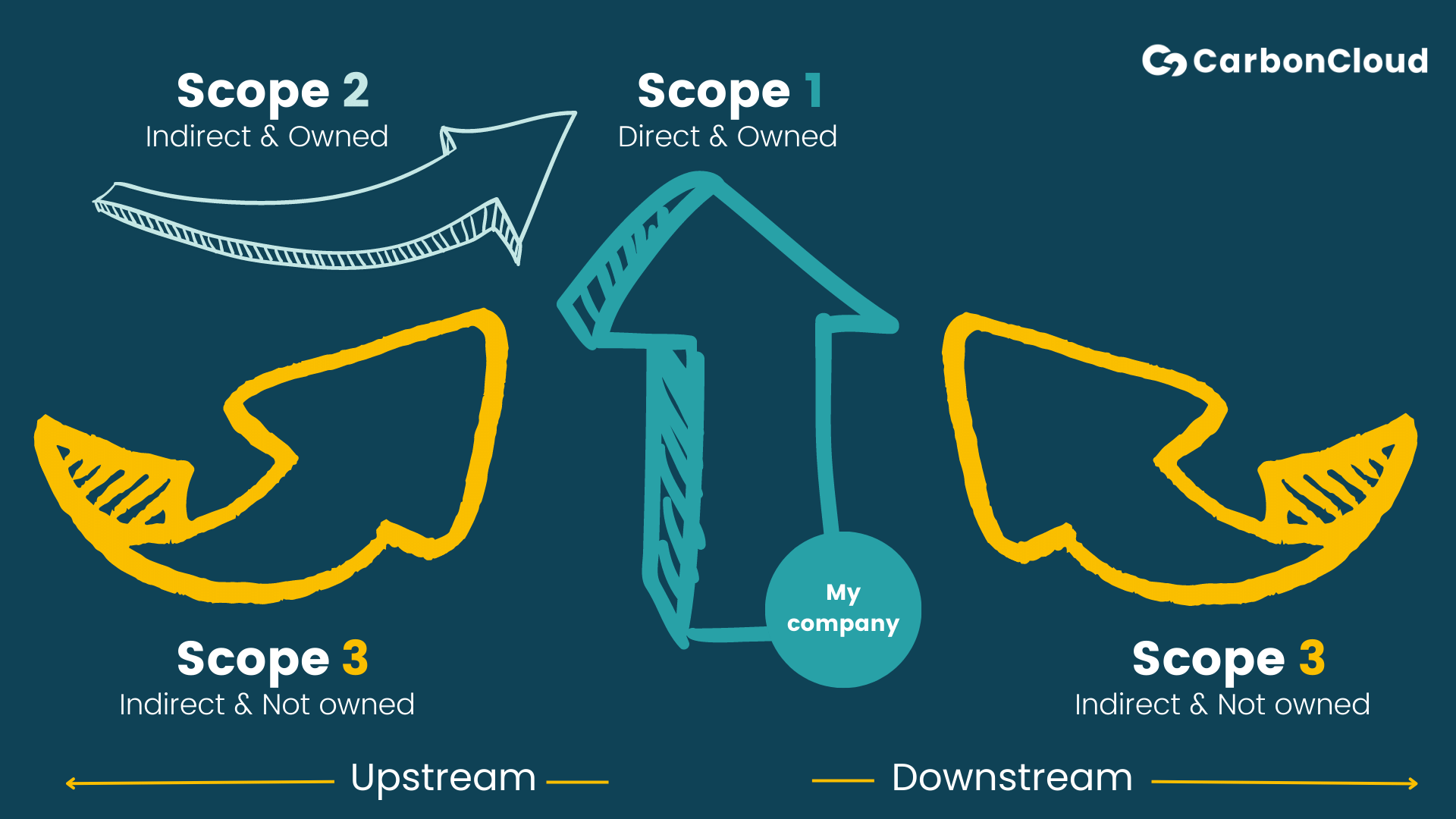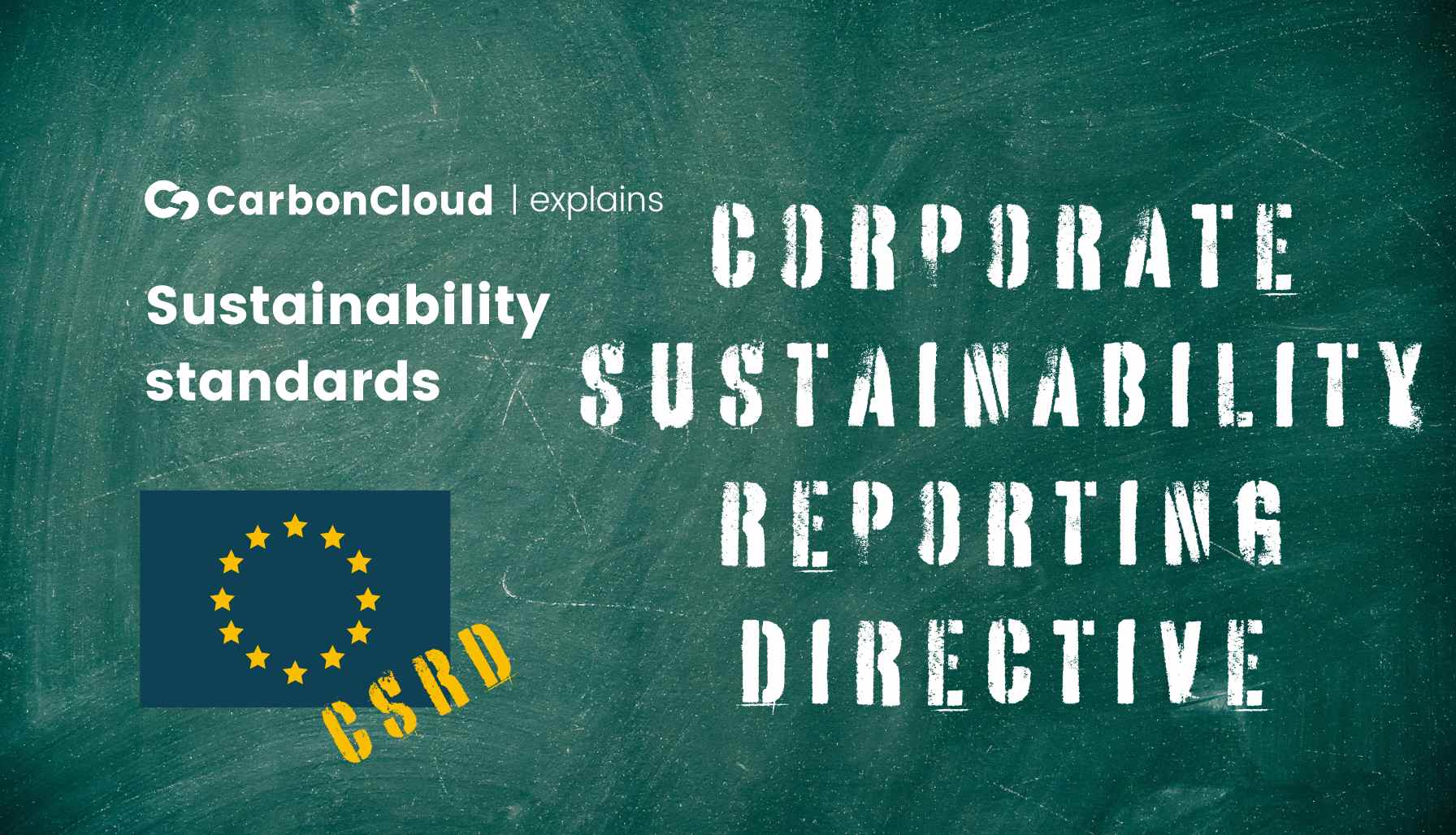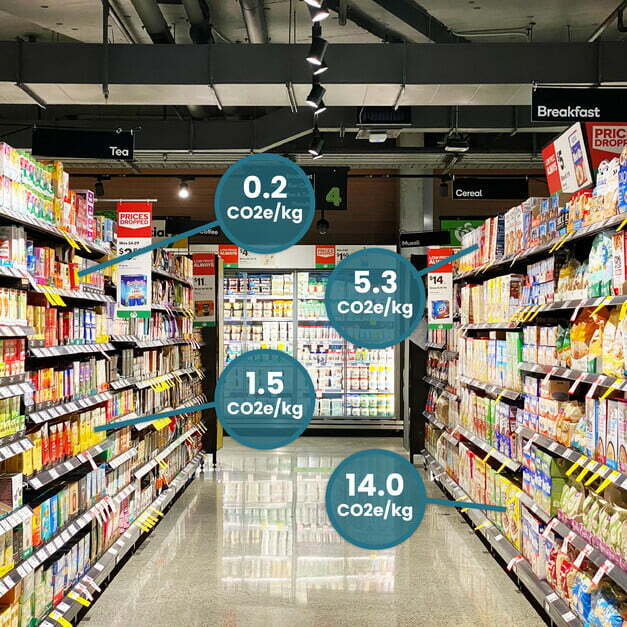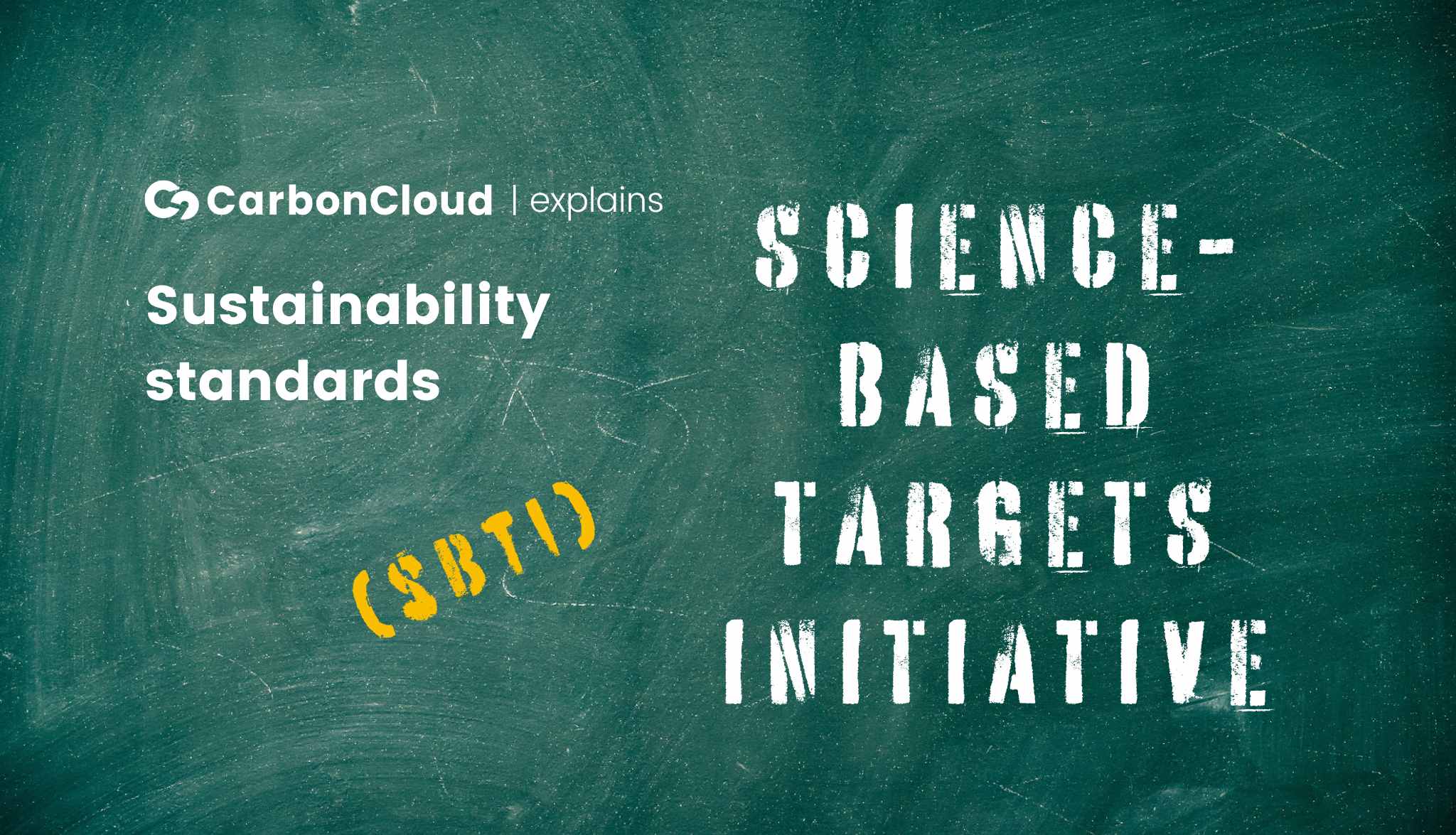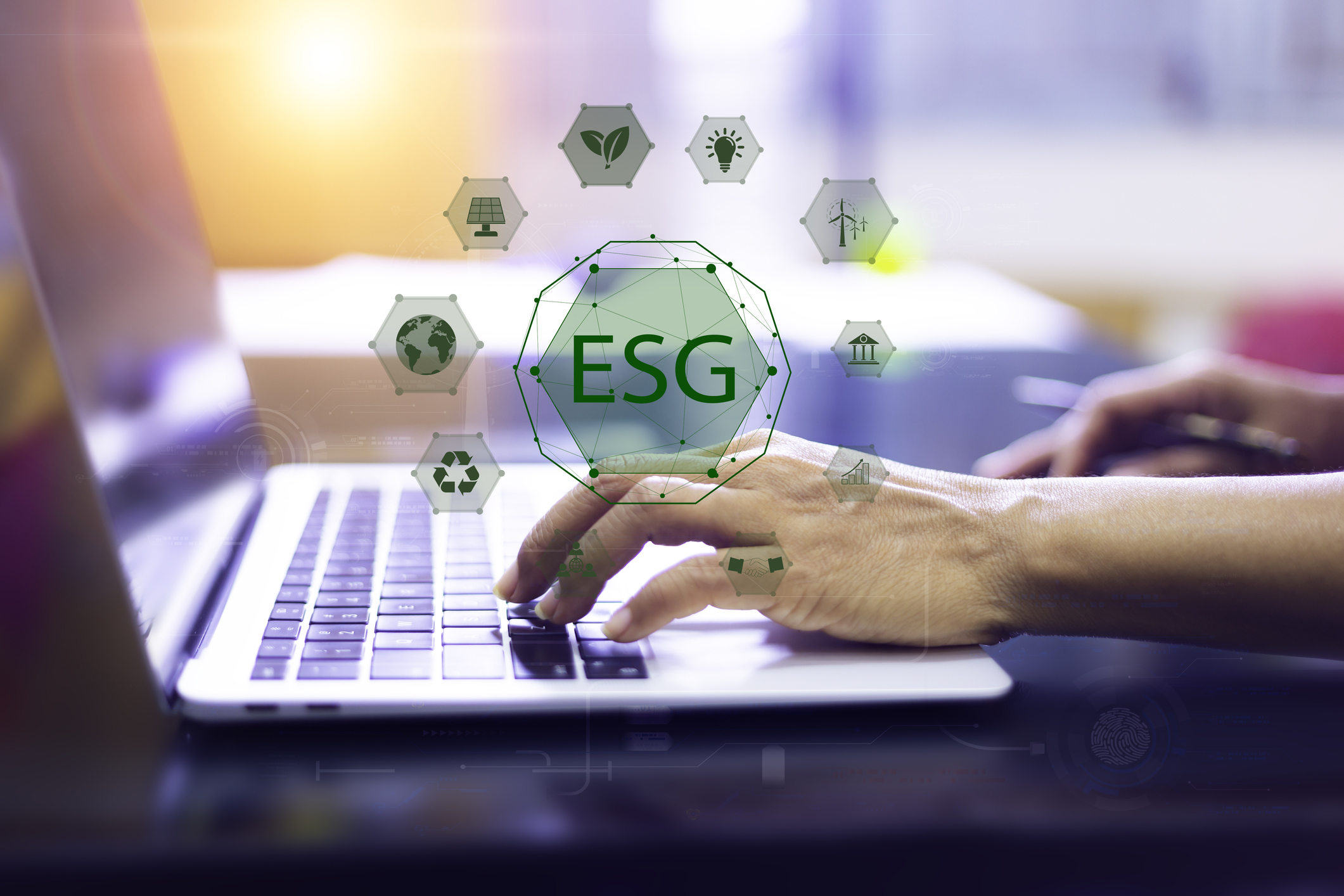Sustainability Standards Explained: ISO 14000 family
Nothing says Standards like the International Organization for Standardization, also known to the business community as ISO. ISO is a popular and globally credible provider of standards for pretty much everything. From quality and risk management to technical fields such as medical devices and food safety, to deep niches such as the wine-tasting glass apparatus, condom clinical trials, and the tea preparation standard. Naturally, environmental management fits very well under the wing of ISO standardization – and it’s its own family! Let’s comb through ISO 14000, the family of standards and guidelines relating to environmental management.
Get the bullet points of every sustainability standard in your inbox
No need to run circles around the internet to understand what each sustainability standard is all about. Get it straight in your inbox, one explainer at a time!
What is the ISO 14000 family of standards?
ISO 14000 standards cover any aspect related to environmental management and its subsequent processes you can think of. The goals of the ISO 14000 family are to support businesses to:
- Minimize the environmental impact of operations.
- Conform to laws, regulations, and other requirements.
- Improve in both of the areas above.
The ISO 14000 family was created to solve the issue of lack of comparability as different companies set up their own ways of environmental management. However, the comparability issue still prevails, particularly in the food industry. As ISO itself states, the 14000 family serves to:
"(...) act as an internal management tool and as a way of demonstrating a company’s environmental commitment to its customers.”
As many food and beverage companies have prior experience with ISO certifications, it’s good to know that in the 14000 family, ISO itself does not own the conformity assessment. In other words, companies do not get a certification from ISO itself. ISO has a neutral policy on conforming in this family and conformity assurance can be made either by the company itself or a third party.
What processes does the ISO 14000 family cover?
Let’s break down the ISO 14000 family and get a taste of the different standards.
- ISO 14001 to 14015 all relate to Environmental management systems (EMS). According to ISO, an EMS is how companies…
"(...) identify, manage, monitor and control their environmental issues in a “holistic” manner."
The ISO 14001-15 family provides guidelines on the implementation and incorporation of an EMS and how to assess physical sites and organizations. EMS performance evaluation is covered in ISO 14031.
- ISO 14050 serves as the glossary for the 14000 family.
- The ISO 14020 subfamily covers environmental labels and claims. ISO 14063 broadens the spectrum and provides guidelines and examples for environmental communication, internally and externally.
- ISO 14040 to 14049 outlines guidelines for life cycle assessment and goal setting.
- The ISO 14060 subfamily provides guidance for quantifying, reporting, and reducing greenhouse gas emissions as well as the processes around it. This subfamily is a highly practical one ranging from how to set up a corporate GHG inventory (ISO 14064- 1) to how to develop a product carbon footprint (ISO 14067) and how to validate and verify GHG statements (ISO 14064-3). ISO 14065 sets requirements for validation and verification bodies, and ISO 14066 defines competence requirements for GHG validation teams and verification teams.
Today we will dive deeper into two standards of the ISO 14060 family.
– Mandatory ISO break –
Take a beat!
If you made it this far reading about ISO, you deserve congratulations. You also deserve a break. The research for this article broke our copywriter a little bit. So she had to stop looking at the documentation and enter a stream of consciousness about pizza – pictured to the right.
In the next 3 minutes, you’ll have everything you need to know about ISO 14000 and never have to read or ask about it again. Then you deserve a pizza (with cheese that is “so, so cheesy” and a “crusty crust”. Creative 😒)

ESG Reporting can be more fun - we promise
New to ESG standards and reporting? Take it from the top 👉 Check out our complete guide to ESG Reporting Standards
ISO 14064-1 – Corporate GHG inventory
ISO 14064-1 is the guidance on how to quantify a company’s greenhouse gas emissions. This is quite close to the GHG protocol standard for Corporate Accounting and Reporting Standard (Scope 1) and includes the same Scope differentiation and emissions metrics.
However, ISO 14064-3 provides additional guidance on how to verify statements related GHG inventories. The verifier gathers evidence, reviews the GHG information system, evaluates the GHG statement, and compares the report against the verification criteria for consistency and accuracy.
ISO 14064 is not prescriptive on data quality but it does require a statement of assumptions, limitations, and methodology.
If an organization chooses to have its GHG inventory verified or make a public GHG statement that conforms to ISO 14064-1, they must also prepare a report to facilitate the GHG inventory verification.
ISO 14067 – Quantification of carbon footprint of products
If you are an LCA aficionado, then this standard is for you. ISO 14067 is essentially guidance on what an ISO-conforming life cycle assessment should include with climate change as the only impact category. This set is close to the GHG Protocol Product Standard and produces the same result: The carbon footprint of a product.
If the life cycle stages assessed are up to a certain gate, then it is a partial carbon footprint. An ISO 14067-conforming report is the result of your carbon footprint study and includes the results, data, methods, assumptions and life cycle interpretation of the study.
The carbon footprint study should include the four stages of an LCA and units should be grouped per life cycle stage:
1) Goal of the study + -
The goal of the study is to calculate the product's contribution to global warming – i.e. the carbon footprint. It additionally includes the application and reason for the study as well as the intended audience. If your study is meant for external communication, then more guidance is provided in ISO 14026.
2) Scope definition + -
Scope definition outlines the system boundaries, functional or declared unit (for partial footprints), data quality requirements, time boundaries and assumptions, and allocation.
– Data quality + -
Regarding the data used, ISO 14067 allows for secondary data in lieu of primary data as long as it is third-party reviewed and with references.
When it comes to assessing data quality, ISO 14067 instructs assessment against the following criteria – which are similar to GHG protocol Product Standard with a few of additions:
- time-related coverage
- geographical coverage
- technology coverage
- precision
- completeness
- representativeness
- consistency
- reproducibility
- sources
- uncertainty
3) Life cycle inventory analysis (LCI) + -
Your data should be collected for all the processes (or gates) under study.
Your data should have a quality specification according to the list specified in the Scope definition section. Keep in mind that ISO 14067 is not prescriptive about the data quality – it only requires that it is evaluated and stated.
- Your data should have a sensitivity analysis to justify including or excluding life cycle stages
- Your data should be in line with your allocation process described in the Scope definition section
Life cycle inventory should also include the following:
- Fossil and biogenic carbon use
- Electricity use
- Land-use change
- Land use
- Potential aircraft emissions
4) Life cycle impact assessment (LCIA) + -
The interpretation section must include
- An identification of significant issues, i.e. hotspots.
- An evaluation against completeness, consistency and sensitivity analysis.
- Conclusions, limitations, and recommendations.
Once again, congratulations to you! You dipped your feet in the deep ISO ocean and we hope you know just enough to untangle it and feel reassured. Now go get that pizza – or keep basking in ideation with an ISO 14067-formatted report on Shredded mozzarella for pizza.
More standard-explainers?
CSRD reporting: What you need to know
Preparing for CSRD reporting? Join the club of over 50,000 companies required to report on sustainability! Talking to companies preparing for CSRD, we have observed that their biggest concern is the m
ESG Reporting: Navigating ESG frameworks & requirements
Learn all about ESG reporting standards to promote transparency, impress your stakeholders, and boost your brand. What Does ESG Reporting Mean? Why Is ESG Reporting Important For Companies? Mandatory
How to set SBTi FLAG targets – The Food Edition
The Forest Land and Agriculture Guidance from SBTi had retailers and food producers on the edge of their seats until its release in September 2022. Since April 2023 FLAG targets are a requirement and
What are Scope 1,2,3 emissions?
The terms Scope 1,2,3 emissions are casually thrown around in the sustainability space – a bit too casually if you ask us. If you didn’t Google it the first time you heard it, you probably hav
ESG Standards Explained: Corporate Sustainability Reporting Directive (CSRD)
The European Union’s Corporate Sustainability Reporting Directive (CSRD) is mobilizing ESG reporting for the food and beverage market. But there is another good reason to look at CSRD closely: CSRD
Prev
Next
Related Posts
Climate footprint labels: Why we use the number – and why the entire food industry will too.
The quantitative and specific climate footprint label may still be perceived as disruptive but we are certain that there simply isn’t a way that is more informative and transparent to communicate th
Menigo: How to manage Scope 3 emissions and engage suppliers
Menigo, the Sysco subsidiary in the Nordics, established itself as a Scope 3 emissions pioneer, moving forward from what the majority of wholesalers, distributors, and grocers are struggling with: Pro
Sustainability Standards Explained: SBTi
SBTi is the Pete Davidson of Sustainability Standards: rapidly and consistently up-and-coming, charming and approachable, a must-have for aspirational influencers, and fresh in the mainstream. Today w
ESG Software Guide: The best tech stack for every company
Discover the top ESG reporting solutions in our expert guide! Find out how to choose the right ESG provider for your sustainability strategy. What Is An ESG Software? Who Needs ESG Software? Why Use a

